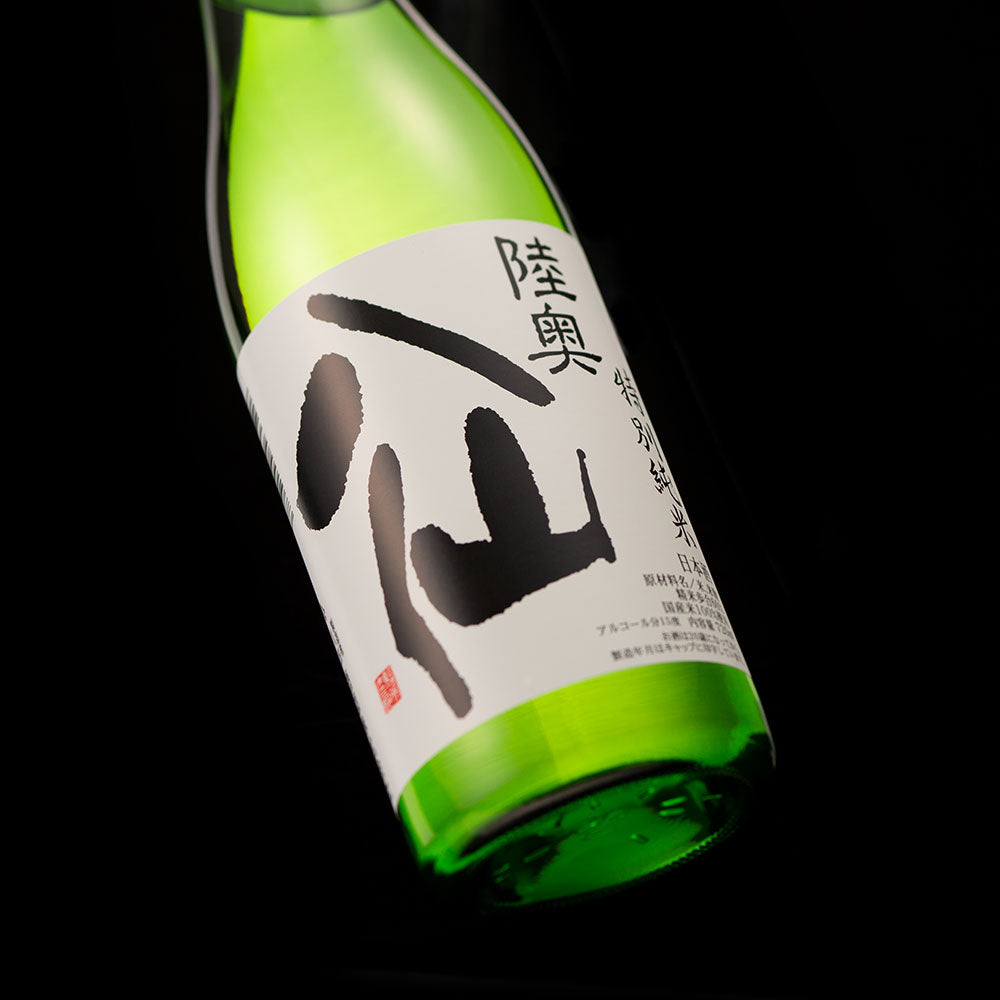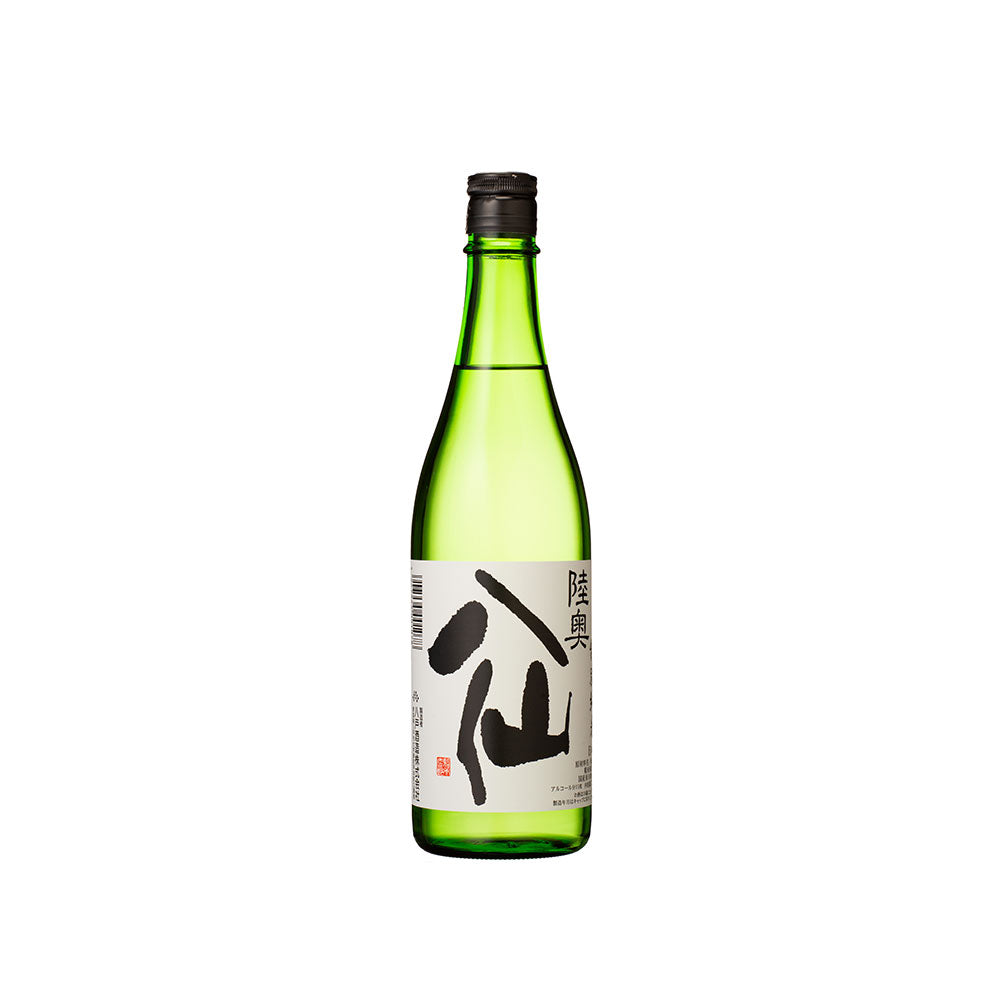-
 >
>
- Product list >
- Mutsuhassen Tokubetsu-junmai (720ml)
Mutsuhassen Tokubetsu-junmai (720ml)
詳しく見る
- *All prices shown are the product prices from the Japanpage:.
- *Product price can be shown in multiple currencies as reference values.
- *Payment should be made in Japanese yen.
- *After filling in delivery address, grand total (product price + shipping cost (packing + shipping + insurance) +tariffs & taxes) will be shown on the shipping cart page.
- *All prices shown are the product prices from the Japanpage:.
- *Product price can be shown in multiple currencies as reference values.
- *Payment should be made in Japanese yen.
- *After filling in delivery address, grand total (product price + shipping cost (packing + shipping + insurance) +tariffs & taxes) will be shown on the shipping cart page.
Awards
U.S. National Sake Appraisal2019 Junmai Division Second Grand Prix
The Fine Sake Awards Japan2019 Main Division Grand Gold
Kan sake award2019 Premium Kan sake Division Grand Gold
Established in 1998, the "Mutsuhassen" brand is well-known among the locals of Aomori Prefecture. This "Mutsuhassen Tokubetsu-junmai" sake is a particularly popular local favorite. Brewed from a blend of dinner rice "Masshigura" and regional sake rice "Hanafubuki," the sake uses water sourced from Hachinohe's famed Kanizawa district. Firmly balancing acidity and flavor, this sake has a soft, banana-like aroma and refreshing aftertaste that fills the mouth after each sip. In 2019, it won first place in the main category of the "The Fine Sake Awards Japan". The sake also won first in the Premium Kan Sake (45 ℃) category of the Kan Sake Award contest. The sake pairs well with a variety of dishes and can be enjoyed chilled in a glass or warmed to approximately 45 ℃.
Pairing food proposed from Vendor
Pork saute, vegetable bagna cauda, smoked salmon, roasted mackerel
About "Mutsuhassen"
"Mutsuhassen" combines "Mutsu", a part of northeastern Japan, and the Chinese legend of the Eight Immortals. The name is an invitation to enjoy sake to your heart's content. Their rich, robust sake has an appealing fruity smell and fresh flavor.
Recommended temperature
- Atsukan (50 - 55℃)
- Jokan (45 - 50℃)
- Nurukan (30 - 40℃)
- Room temperature (15 - 20℃)
- Hanabie (10℃)
- Yukibie (5℃)
Type


Tag
Appearance
-
Clarity
Transparency
Hazy
-
Colour
Colorless
Dark brown
-
Intensity
Water
Deep
Nose characteristics
-
Intensity
Low
Strong
Taste characteristics
-
Light / Body
Light
Body
-
Sweet / Dry
Sweet
Dry
-
Simple / Complexity
Simple
Complexity
-
Acidity
Low
High
-
Umami
Low
High
-
Finish
Low finish
Long finish
Aroma and flavor
Detailed information
| Volume | 720ml |
|---|---|
| Size (L W H) | 8.0 x 8.0 x 31.0 cm |
| Weight | 1.1kg |
| Ingredients | Rice, Rice koji, Water |
| Region | Aomori |
| Alcohol content | 16%vol. |
|
Sake Meter Value
|
±0 |
|
Acid level
|
+1.4 |
|
Polishing ratio
|
60% |









